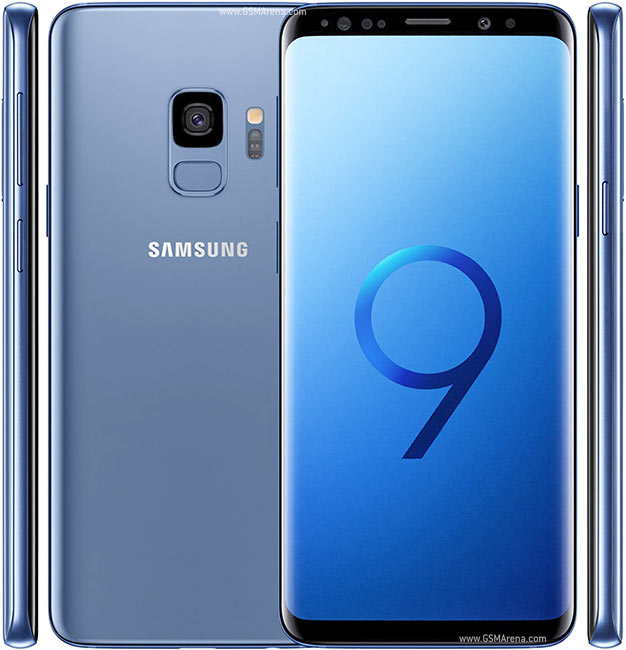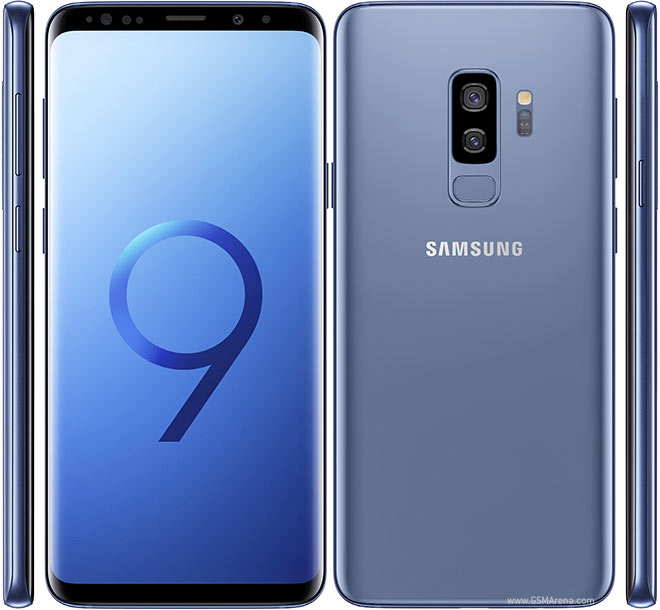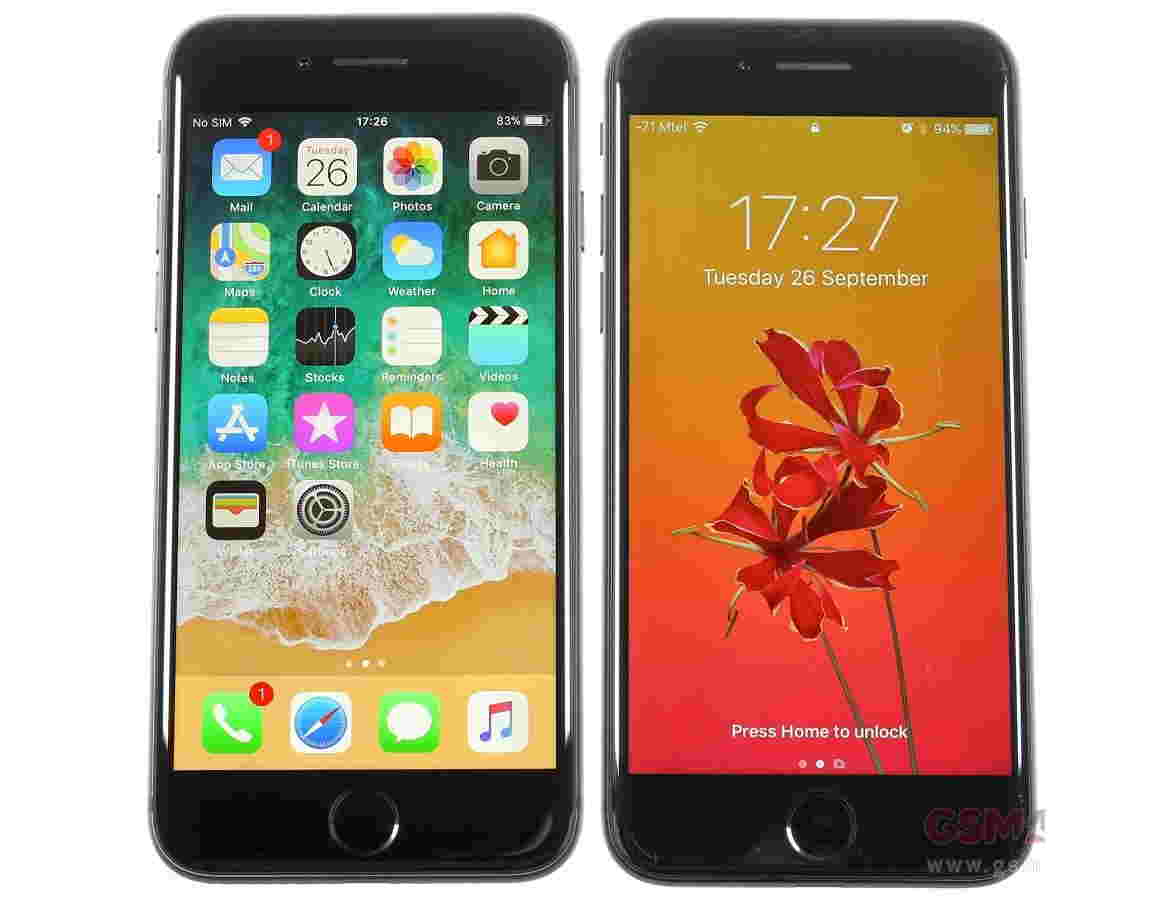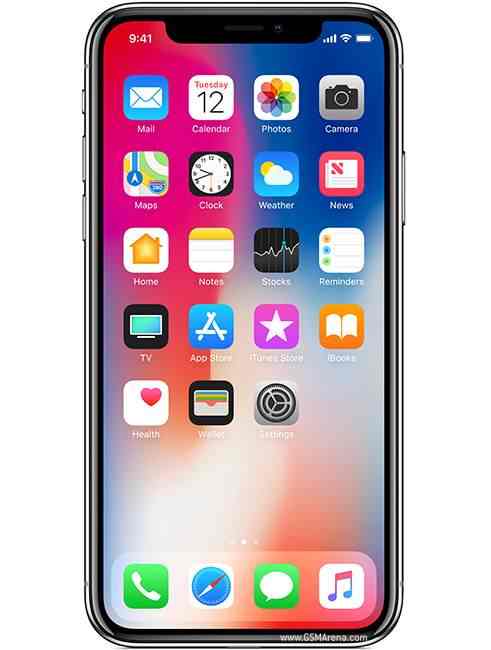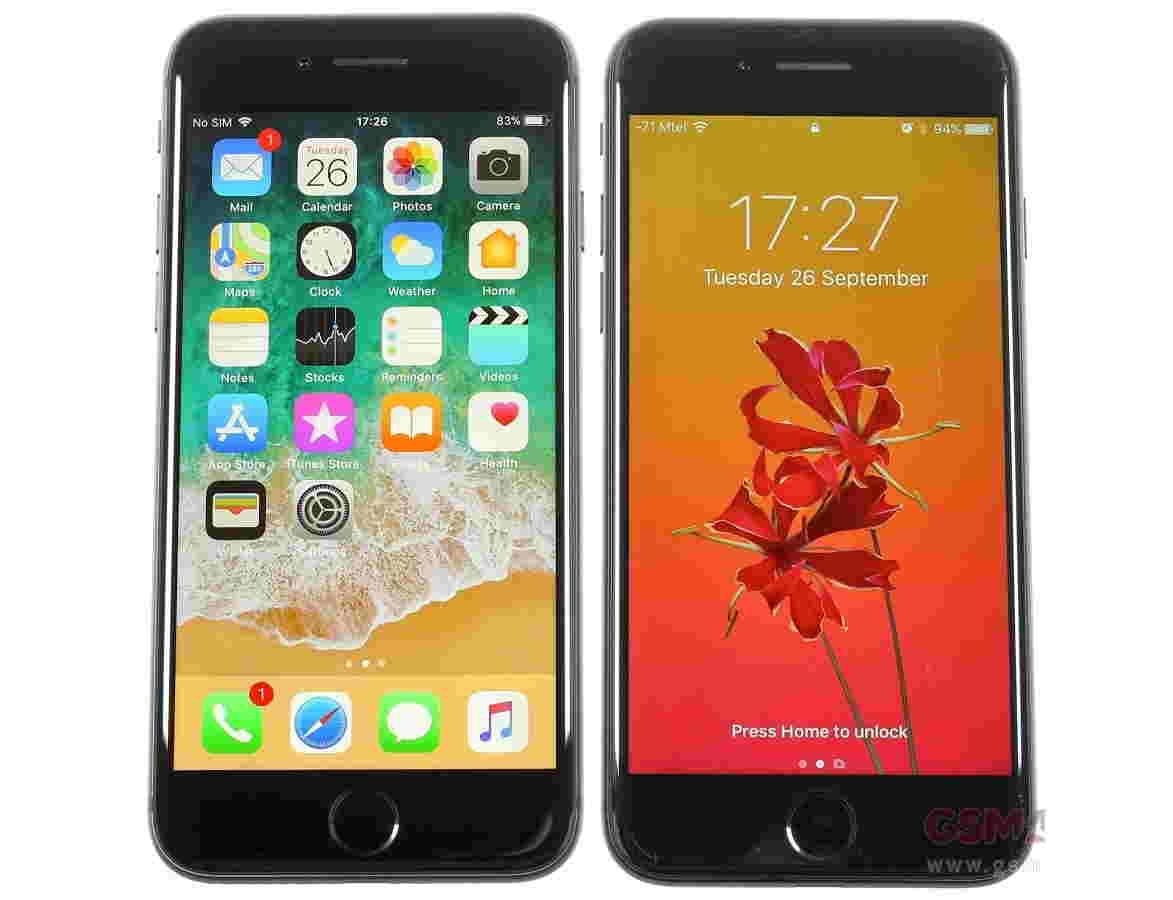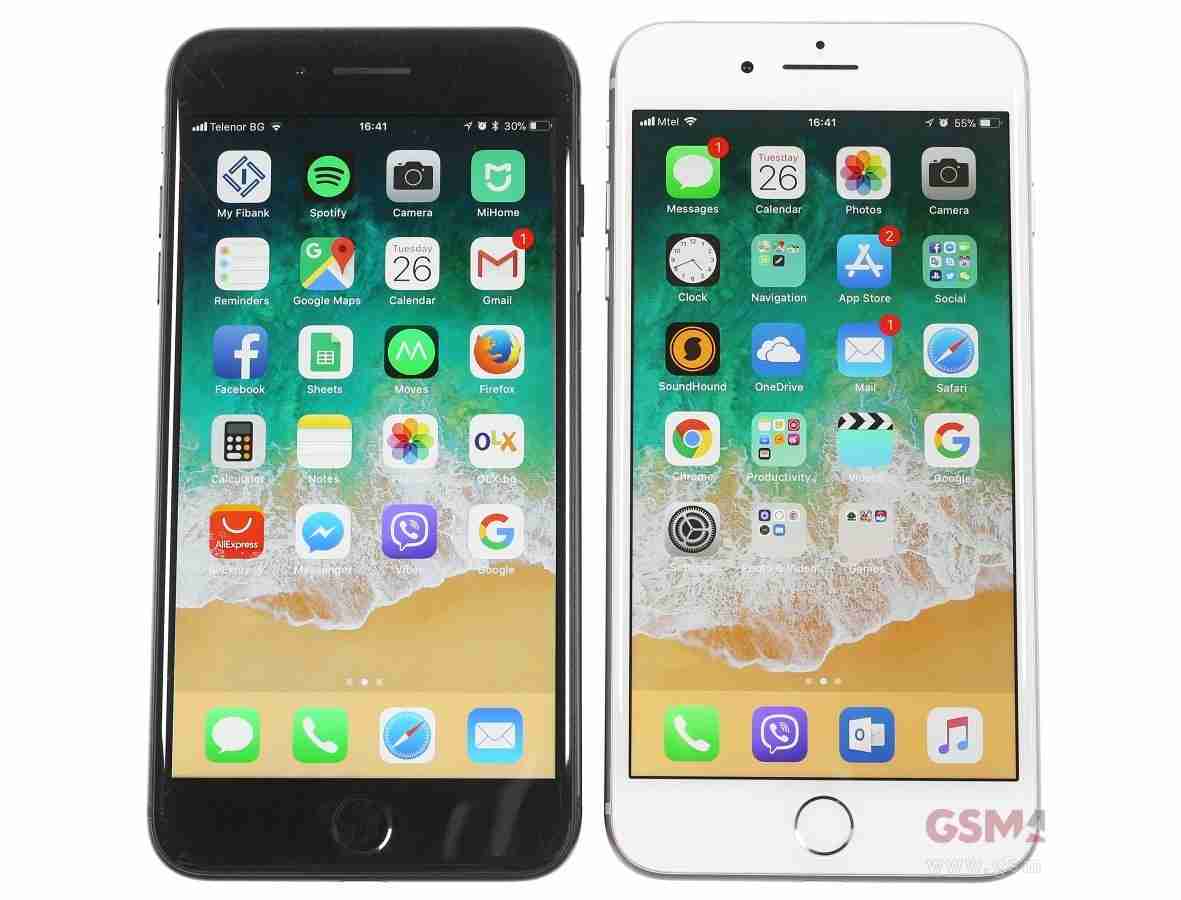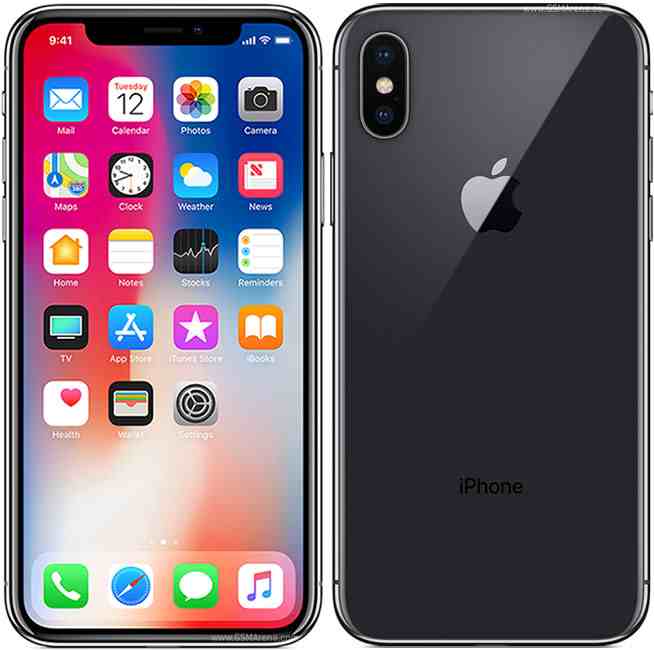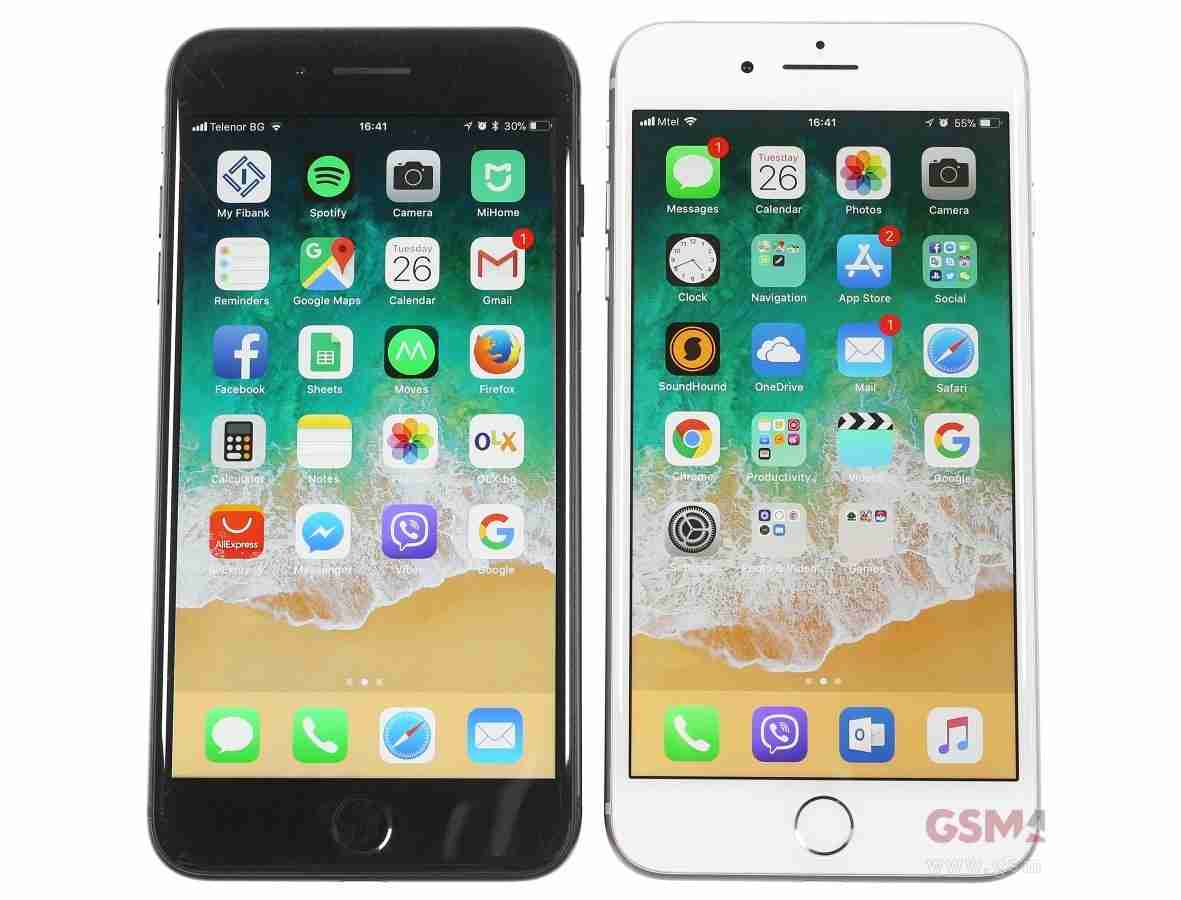In our Windows 10 vs OS X 10.10 Yosemite comparison we pit together the upcoming operating system from Microsoft, and Apple's current OS X. Windows 10 vs OS X 10.10 Yosemite features, Windows 10 vs OS X 10.10 Yosemite release date, Windows 10 vs OS X 10.10 Yosemite price. A weird world in which Apple makes sensible, iterative decisions and Microsoft shoots for the moon - it's 10 vs 10 10.10.
Microsoft is preparing to release a new version of its flagship desktop operating system. Windows 10 has much in common with Apple's OS X 10.10 Yosemite, but the two OSes differ in significant areas. (See also: Windows 10 review.)

Windows 10 vs OS X Yosemite: the challenge for Windows 10
Microsoft faces a difficult challenge. It must replace the unloved Windows 8 with something more popular in order to stimulate a moribund PC market. But at the same time it cannot afford to step back from its push to make Windows a viable choice in the burgeoning mobile space. Windows 8 was an uncomfortable compromise between touchscreen tablet OS and desktop Windows. Windows 10 must do better. That's why it is Windows 10 rather than Windows 9.
Microsoft has said that Windows 10 will be the OS that works across mobile, tablet and desktop, with apps that work on all three platforms. And it has reinstated popular features such as the Start menu, as well as adding new multitasking features that further gel the old- and new interfaces of Windows.
On the contrary Apple has both a solid desktop platform in OS X, and a hugely successful mobile platform in iOS for iPhone and iPad. Two years ago sage observers were talking about the two being merged, but OS X 10.10 Yosemite is launched and proving popular, very much a separate operating system to iOS 8. Yosemite does, however, include a total visual overhaul. And many of the new features are aimed at making Macs play nice with iPhones and iPads.
In this feature we compare OS X Yosemite and Windows 10. We know a lot about Yosemite and a little less about Windows 10, so by necessity some of this is speculative. We have however had time to play with the full OS X Yosemite, and the ongoing beta releases of Windows 10. So we hope this feature will give you good insight into the futures of both Windows and Mac. Here's our Windows 10 vs OS X 10.10 Yosemite release, price and new features comparison. (See also: The future of Windows - looking to Windows 10 and beyond.)
OS X Yosemite vs Windows 10: release date
We now know that Windows 10 exists, and that the successor to Windows 8 is called Windows 10. Go figure. Microsoft recently revealed the second technical preview beta of Windows 10, which is currently available to all. See How to install Windows 10 now to learn how to get it. Microsoft says that it will reveal more about Windows 10 in April, likely at the Build developer conference. And it is determined to launch the final code to multiple platforms toward the end of 2015. Barring disasters we'll certainly see Windows 10 devices by Q4 2015.
OS X 10.10 was unveiled at Apple's WWDC 2014 keynote in June 2014. Apple then launched it to all recent Mac users in the Autumn of that year. It's available to download for you right now, if by any chance you are running a non-upgraded Mac.

OS X Yosemite vs Windows 10: UK price
As predicted Windows 10 will be free to all users of Windows 8 and Windows 7, and to most users of Windows Phone 8. Microsoft has nominally given those users only a year to upgrade for free, but we will be surprised if any Windows user ever has to pay to upgrade.
And that is because Apple, having made the decision to release OS X 10.9 for free, will continue to do the same with 10.10. Yosemite is free to upgraders, and won't be seen to add to the price of new hardware. So when it comes to price there is no difference to be seen. (See also: How to get OS X Yosemite on your Mac.)
OS X Yosemite vs Windows 10: new features
It is a strange world in which we live - a world in which Apple is making sensible but conservative, iterative decisions, and Microsoft is shooting for the moon. Windows 8 was a radical step for Microsoft, putting a touchscreen UI into a desktop OS. It was all part of an attempt to drag Windows into the mobile space dominated by Apple and Google. Windows 10 takes that process further but also backtracks in some areas to shore up support. Meanwhile Apple - secure in iOS' succes on mobile - simply develops OS X, without making radical change. OS 10.10 links up better with iOS than any previous OS X, but unlike Windows 10 it is not an attempt to merge with its little sister in the mobile space. See also: Windows 10 screenshots: new features including Task view, multiple desktops, snap assist.
Windows 10 - desktop and mobile
The key to Windows 10 is marrying up the two disparate elements of Windows 8 in a way that makes sense to consumers. One thing that Microsoft has to do is allow Windows Phone and Windows RT apps to run on both Windows Phone and Windows. Even Xbox apps should become cross compatible, and Microsoft has promised all of the above. You will also be able to pin Metro apps to the taskbar and Start Menu, and open and use them from within the Desktop portion of Windows 10.
On the new Start Menu you can see a list of recently used apps and the option to select a list of 'All apps'. 'All apps' includes both Desktop- and Metro apps, showing the move to match them up in one OS. This way Microsoft can satisfy both those users who miss the Start menu, and also make Metro apps more useful.
Microsoft even seemed to suggest that the Windows Start Screen will only appear contextually - when a touchscreen is present. Also expect to see Kinect-based 3D gestures to be enabled for laptops with 3D cameras - basically the ability to control your computer with gestures. Meanwhile in the Technical Preview at least the Charms are mostly absent, but universal search is more prominent.
One key - although less obvious - development is likely to be much improved power management. The rise of mobile devices has made battery life a key battle ground for Windows. Intel has done its part, massively improving power management with its latest generation of mobile processors. But the Windows software needs to keep pace, so expect Microsoft to make great claims for Windows 10's power management capabilities (when it is finished). See also: 5 reasons why PCs are better than Macs: Mac vs Windows PC - which is best?
We expect that Windows 10 will be 64-bit only, although we expected that for Windows 8 and we were wrong. A lot depends - as ever with Microsoft - on what OEMs want to build, and what Intel gives them with which to build. The arrival of Core M chips means that both Intel and Microsoft will be heavily pushing powerful but portable laptops, hybrids and convertibles. See also: 5 things you'll love about Windows 10: the coolest and most useful features in Microsft's new OS.
OS X Yosemite - a bright new look
The first thing Mac users will notice when they install OS X 10.10 Yosemite is the visual changes. OS X has been given a visual overhaul. All of the icons have been freshened up, and the 3D design elements of old have been thrown over to be replaced by flatter, more colourful surfaces. The red, yellow and green buttons that are used to open, close and expand windows are now flat circles.
Many of Yosemite's design elements seem to suggest that Apple intends to increase the number of Macs it sells with Retina displays. We see the Thin Helvetica Neua font replacing the thicker Lucida Grande, suggesting that a sharper resolution is now desirable for clarity. And there's more overlaying transparency in general navigation. (See also: OS X Yosemite: in-depth.)
OS X Yosemite - interaction with iOS
Apple has branded as 'Continuity' a series of features that it says will help iOS and OS X work together.
For instance: Apple is working on making AirDrop work with between Macs, and iPhones and iPads. Macs have for some time been able to use AirDrop to transfer files, and iOS devices got the feature in iOS7. OS X Yosemite will allow them to talk to each other, however, so for the first time you will be able to AirDrop files from mobile to desktop and vice versa.
And then there is Handoff, via which Yosemite and iOS 8 will know what you are doing on all of your Apple devices, and therefore be able to work continuously. If you are writing an email on your iPhone, for example, the Mail app on your Mac will open up and you can continue to compose your message using a full-size keyboard. Or any web page to which you browse on one device will be remembered for quick access on the other. You'll be able to view- and reply to text messages on your Mac, too.
Indeed, Apple has put a lot of effort into the text messaging side of things. You can already use iMessage to send web-based text messages from your Mac. With Yosemite you will be able to record voice messages and send them over IP to phone or Mac. You'll even be able to take calls on your Mac.
One other, critical, link up between iOS and OS X in Yosemite is iCloud Drive. With iCloud Drive in OS X Yosemite, all files associated with apps on either iPhone/iPad or Mac will be accessible from Finder. All the data you save to iCloud will be available from any Apple device. You'll get 5GB a month free, upgradable for a small fee.
OS X Yosemite - other new features
Expect a revamped Safari web browser, and an overhaul for System Preferences. The Calendar app has seen some minor improvements, and there are some time saving tweaks to the Mail app: namely Markup and Mail Drop. The former is the abililty to create a PDF or image file from an email, the latter lets you automatically upload attachments to iCloud.
There are also some improvements to the Notification Center. Find all your notifications in the Today tab, and use Spotlight with a whole new look and feature set. There are also new functions for Widgets, and a whole raft of new Widgets from which to choose.
Windows 10 vs OS X Yosemite: an early verdict
Expect Yosemite to be a minor bump in the road. Mac users have installed it in their millions, and most have grow to love the design and new features. But in historical terms it will form just part of an ongoing development of the Mac, allowing greater collaboration between Mac and iPhone.
Windows 10 is also a development of past operating systems, but it will have to build on an unpopular Windows 8 without undoing some of the radical moves that Microsoft has made to bring together mobile- and desktop computing. Expect Windows 10 to cause consternation, but to bring positive change. (See also: Windows 10 release date, price, features. The next version of Windows will run on everything: smartphones, tablets, laptops and PCs.)




